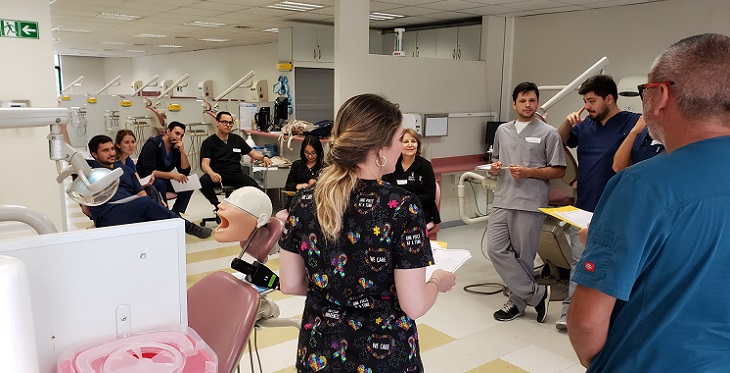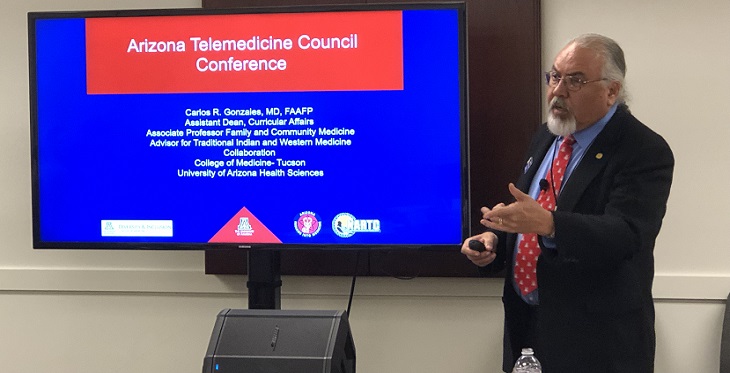Telemedicine, which enables health professionals to provide treatment to patients remotely, is especially useful in rural areas, where people are distanced from healthcare facilities. It can also play a considerable role during natural disasters when professionals cannot reach affected areas or must operate outside of traditional medical settings.
But because of the nature of the platform — and the technology used — telemedicine is susceptible to outside attacks, particularly cyberattacks. Communication and digital exchanges are often done via the open internet. A patient will have a live video chat with a health professional via a mobile app, for instance. That feed and any data from the exchange is vulnerable to snooping or outright theft, especially if one of the parties is using an unsecured network connection.




